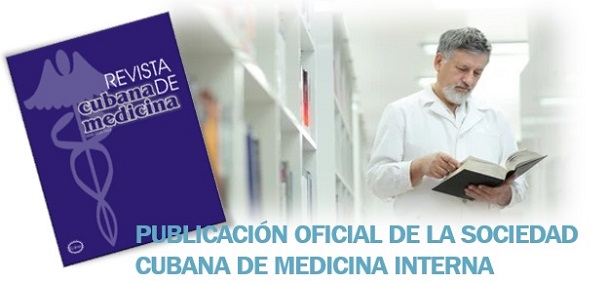The natural history of tuberculosis begins with the inhalation of Mycobacterium tuberculosis organisms; a period of bacterial replication and dissemination ensues, followed by immunologic containment of viable bacilli. The result of this process is asymptomatic latent tuberculosis infection, which is defined as a state of persistent bacterial viability, immune control, and no evidence of clinically manifested active tuberculosis. Currently, it is not possible to directly diagnose M. tuberculosis infection in humans; therefore, latent tuberculosis infection is diagnosed by response to in vivo or in vitro stimulation by M. tuberculosis antigens with the use of the tuberculin skin test or interferon-γ release assays (IGRAs). Studies suggest that active tuberculosis will develop in 5 to 15% of persons with latent infection during their lifetimes (and a higher percentage if the persons are immunocompromised); thus, persons with latent infection serve, according to Osler, as the “seedbeds” of tuberculosis in the community. This article will review the pathogenesis, epidemiology, diagnosis, and treatment of latent tuberculosis infection. It will address critical gaps in the understanding of this complex condition and propose the necessary research agenda.
Citado: Getahun H, Chaisson RE, Raviglione M. Latent Mycobacterium tuberculosis Infection. N Engl J Med. 2015 Sep 17;373(12)
 La tuberculosis es una de las enfermedades infecciosas reconocidas como reemergentes por la Organizacion Mundial de la salud (OMS) desde finales del pasado siglo por su asociación con la infección por el Virus de la Inmunodeficiencia Humana (VIH) y el síndrome de inmunodeficiencia adquirida(sida). También se considera una enfermedad relacionada con entornos de pobreza y desigualdad. Leer más…
La tuberculosis es una de las enfermedades infecciosas reconocidas como reemergentes por la Organizacion Mundial de la salud (OMS) desde finales del pasado siglo por su asociación con la infección por el Virus de la Inmunodeficiencia Humana (VIH) y el síndrome de inmunodeficiencia adquirida(sida). También se considera una enfermedad relacionada con entornos de pobreza y desigualdad. Leer más…![]()


















DE NUESTROS LECTORES